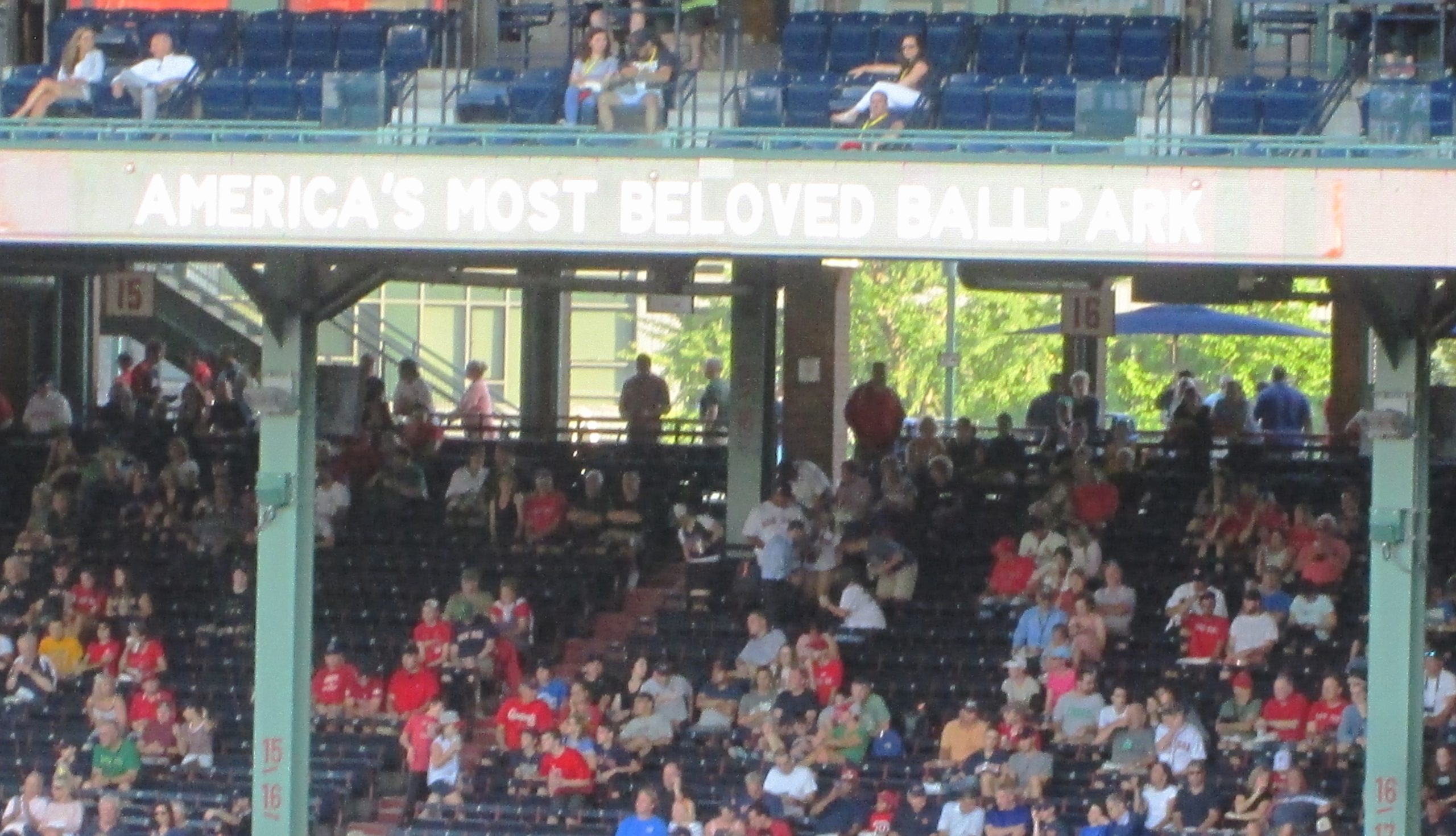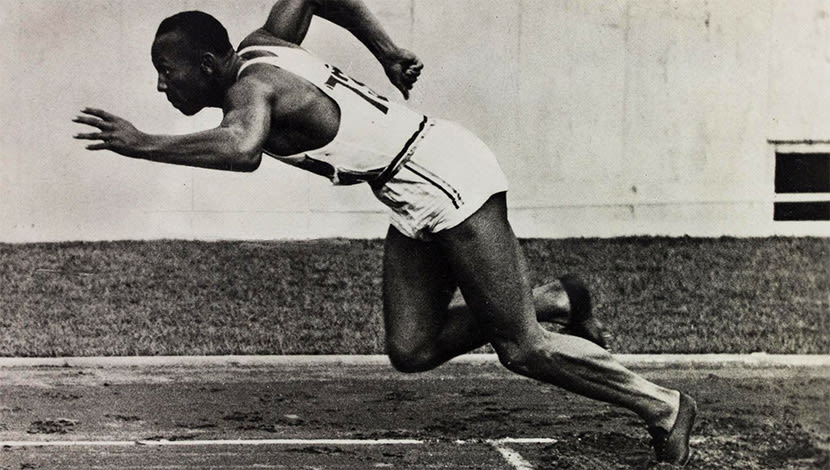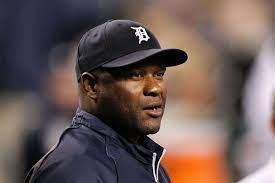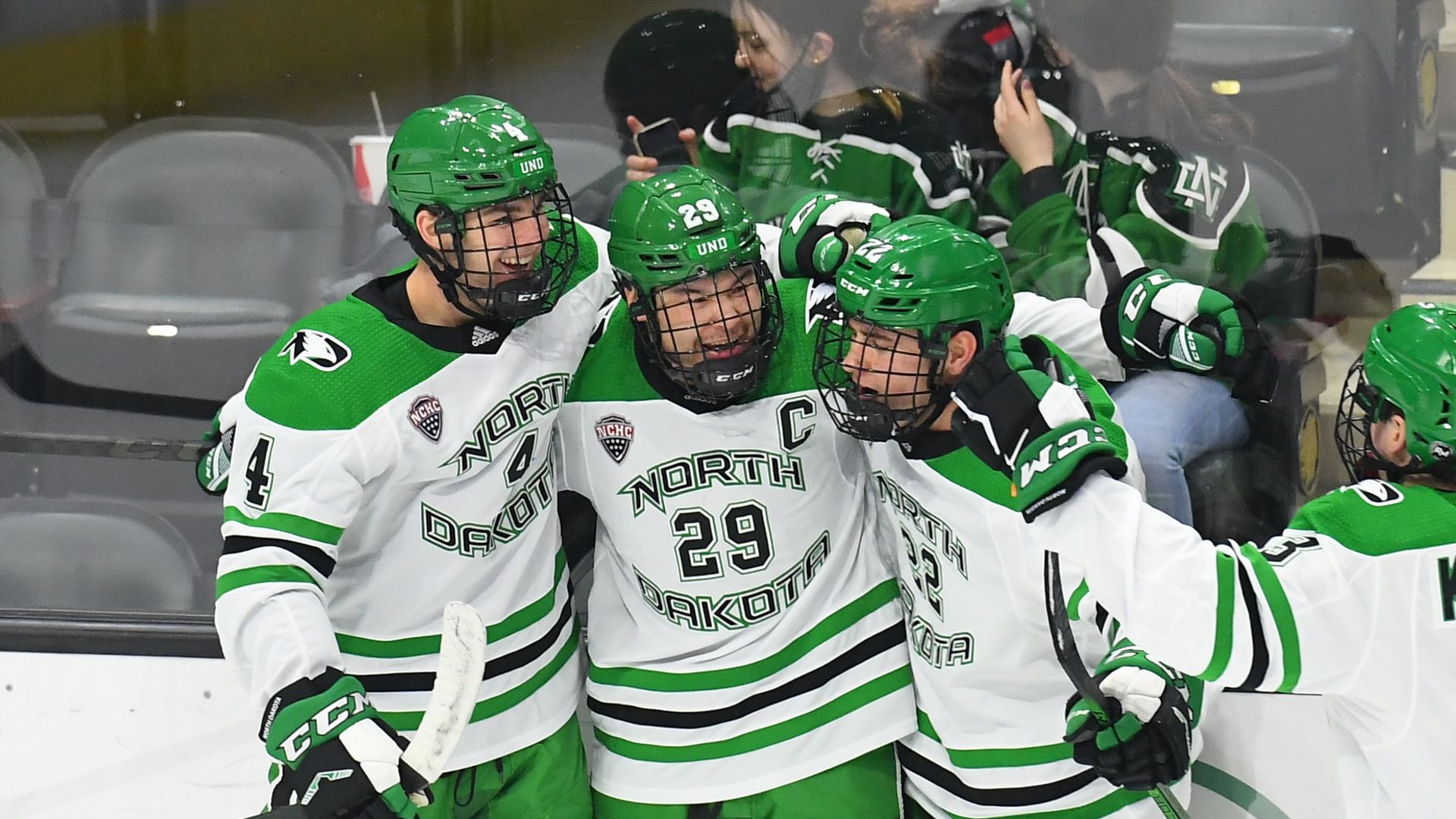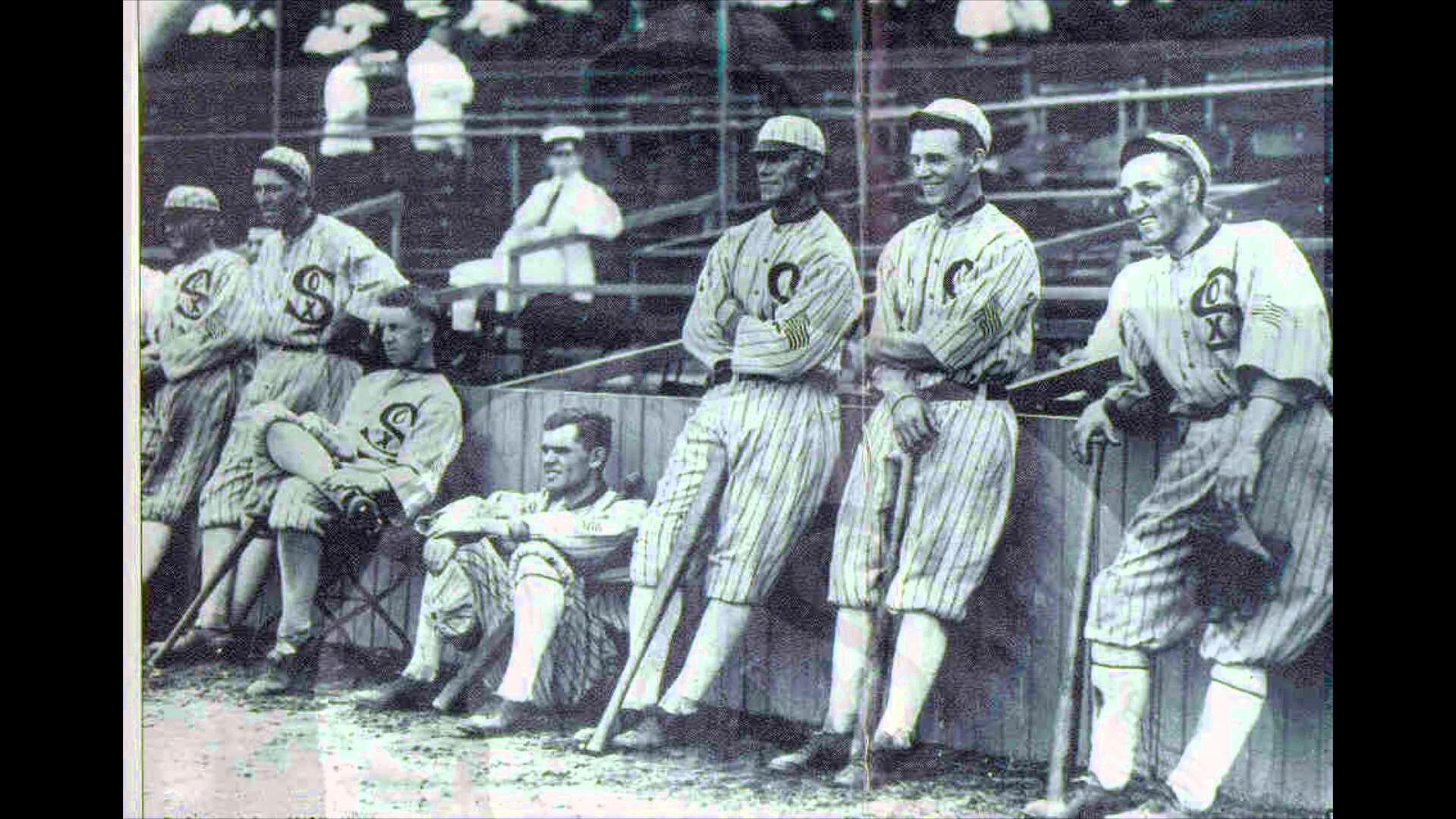Few places on Earth are more special than Notre Dame Stadium on an autumn Saturday afternoon.
Home to Fighting Irish football since 1930, Notre Dame Stadium is one of the most recognizable and revered venues in sports. Designed by Osborn Engineering Company, which built Comiskey Park, Yankee Stadium and Fenway Park, the brick structure was constructed in six months. Built for $750,000, Notre Dame Stadium is patterned, on a smaller scale, after Michigan Stadium in Ann Arbor.
Located 95 miles east of Chicago, just south of the Indiana-Michigan state line, Notre Dame Stadium has played host to Fighting Irish football for nearly nine decades. The venue, like the football program, is rich in tradition. Clad in iconic gold helmets, Fighting Irish players come out of the locker room, descend 12 steps, then slap the famous “Play Like A Champion Today” sign before taking the field. Between the third and fourth quarters of home games, the ND marching band plays the finale to the 1812 Overture as the crowd waves its arms in unison. At the conclusion of every home game, the team – win or lose – faces the student section and raises their helmets while the band plays the Alma Mater, Notre Dame, Our Mother.
Taking in a game at Notre Dame Stadium should be a bucket list item for every college football fan. The epochal arena is a shrine to the game. Through 89 seasons, the Fighting Irish are 344-113-5 there. From Lujack to Leahy, Hornung to Hart, and from Bettis to Browner, the iconic structure has been home to many of college football’s greatest players. Situated at 2010 Moose Krause Circle, adjacent to Joyce Arena in the south-central section of campus, the facility is one of the top sporting venues in the U.S.
The Fighting Irish won 28 straight games at Notre Dame Stadium between 1942 and 1950.
It was the success of Knute Rockne’s football teams that prompted the construction of Notre Dame Stadium. In 13 seasons in South Bend, Rockne posted the highest all-time winning percentage [.881] in college football history. Five of his teams went undefeated and Rockne led the Irish to three national championships. Since 1889, Notre Dame had played at 30,000-seat Cartier Field. Rockne’s teams were rivaled only by Babe Ruth’s New York Yankees as the biggest draw in American sports, and the Irish needed a bigger home.
The House that Rockne Built broke ground immediately south of Cartier Field in April 1930. Six months later – and one year after the stock market crash that launched the Great Depression – venerable Notre Dame Stadium opened its 18 gates for the first time. The Irish played their first game in the new building October 4, 1930. The inaugural Notre Dame touchdown was scored by Jumpin’ Joe Savoldi on a 98-yard kickoff return, pacing UND to a 20-14 victory over SMU. Notre Dame Stadium was officially dedicated the following week versus Navy, with Savoldi scoring three more touchdowns.
Perhaps the most renowned college football facility in the nation, the grand oval has been home for nine of Notre Dame’s 11 national football championships [Rockne’s teams won titles in 1924 and 1929 while playing at Cartier Field]. UND has produced seven Heisman Trophy winners and had more than 525 players, including 70 first-rounders, selected in the NFL draft. Notre Dame has produced over 100 consensus All-Americans, 52 members of the College Football Hall of Fame, and 13 NFL Hall-of-Famers, all NCAA records.
Although he only coached there one season before a tragic plane crash took his life in 1931, Rockne had a hand in the design of Notre Dame Stadium. He insisted it be used for football only and had the grass from Cartier Field transplanted to the new facility. Rockne kept the space between the field and the stands small to keep “sideline guests,” as he called them, to a minimum. The original design seated 54,000, but could hold as many as 61,000 with additional temporary bleachers.
Painted by Laurie Wenger, the 4 x 3-foot “Play Like A Champion Today” sign was the idea of former Notre Dame coach Lou Holtz. It is intended to remind players of those who have come before them as well as those who have sacrificed for them to be at Notre Dame.
In 1966, the width of the average seat was reduced by one inch, increasing capacity to 59,075. The House that Rock Built remained unchanged for three decades. The elegant arena underwent its first major renovation in 1997. Permanent lights were installed and 21,000 new seats were added, bringing capacity to 80,795.
In 2014, the university announced the Campus Crossroads project, a $400 million enhancement of the historic venue. Three academic buildings, each eight stories high, were added on the west, south and east sides of the stadium. The original grass playing surface was replaced with FieldTurf, 150 concourse TVs were installed to allow fans to watch the game while using the concession areas, and a 96 x 54-foot HD videoboard was added to the south end zone. In a reversal of the 1966 stadium expansion, the Campus Crossroads project included widening each seat by two inches, reducing capacity at Notre Dame Stadium to its present 78,000.
Now entering its 89th season, Notre Dame Stadium has been the site of some of college football’s most memorable moments. In the Green Jersey Game in 1977, the Irish warmed up in traditional blue, only to change to green jerseys moments before kickoff. A wooden, student-built Trojan horse then led the team onto the field, where quarterback Joe Montana directed the Irish to a 49-19 win over USC. In September 1980, Harry Oliver booted a 51-yard field goal as time expired to beat Michigan, 29-27. And perhaps the best win in stadium history came in the Catholics versus Convicts matchup of 1988, when Lou Holtz’ Irish ended #1 Miami’s 36-game win streak.
Since the final two home dates in 1964, every game at Notre Dame Stadium has been a sellout but one – a 1973 Thanksgiving Day matchup with Air Force, when most of the students were gone.
Offering unparalleled site lines, Notre Dame Stadium puts fans close to the action. The playing field, which sits 730 feet above sea level, is configured in a conventional north-south alignment. Void of corporate sponsors, the arena is a model of traditional college athletics. The playing field remains unspoiled, with a simple school logo at midfield and both end zones each marked with ten diagonal hashmarks. Nothing else. The most awe-inspiring view from Notre Dame Stadium is Touchdown Jesus. Located on the south wall of the Hesburgh Library, a glass mural – entitled The World of Life — features an image of Jesus with his arms raised as if signifying a touchdown. The 134 x 68-foot masterpiece looms over the north end zone.
In 1960, the Indiana State Police Department promoted Tim McCarthy from trooper to safety education sergeant. One of his duties was to make an announcement at Notre Dame home football games reminding people to drive home safely. After two games, he knew people weren’t paying attention, so he decided to liven up the message. “Who wants to listen to a policeman telling everyone to behave themselves,” McCarthy asked himself. Fans fell silent in eager anticipation of McCarthy’s messages – delivered over the P.A. system during the fourth quarter. In 55 years, Mr. McCarthy delivered over 300 announcements at Notre Dame Stadium. In September 2015, he was honored on the field. McCarthy repeated the same announcement he made on his first gameday, reminding the sellout crowd, “The automobile replaced the horse, but the driver should stay on the wagon.”
The university has largely adhered to Rockne’s wishes that Notre Dame Stadium be used for football only, but the arena has hosted other events. The Chicago Bears have played three preseason games there, while the 2008 Big East Women’s Lacrosse Tournament was contested in the classic bowl. In October 2018, Garth Brooks played the first concert in stadium history. Two months later, the gridiron became an ice rink. On New Year’s Day 2019, Notre Dame Stadium hosted the NHL Winter Classic between the Chicago Blackhawks and Boston Bruins. That weekend the Fighting Irish hockey team hosted the Michigan Wolverines on the same ice.


